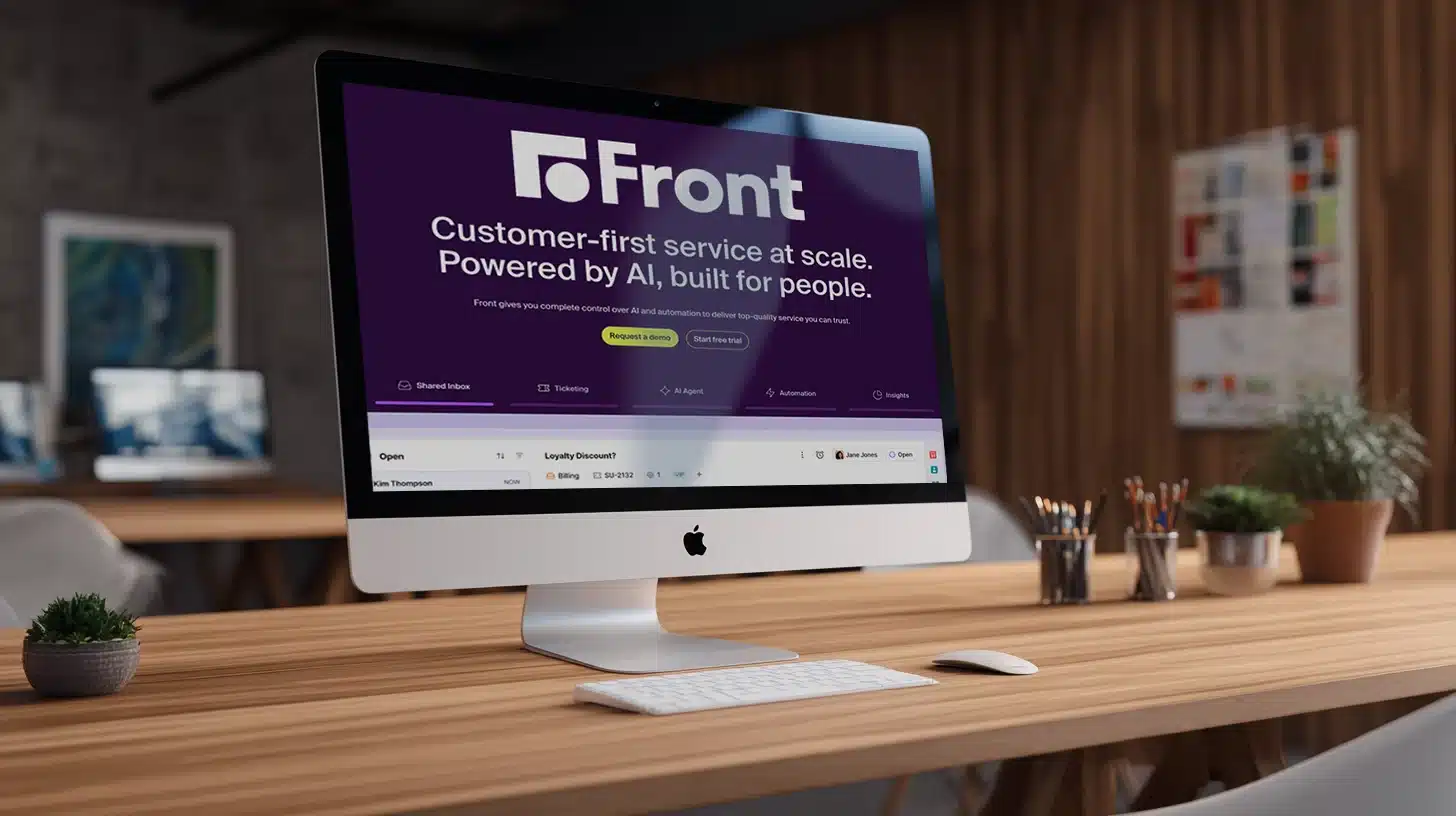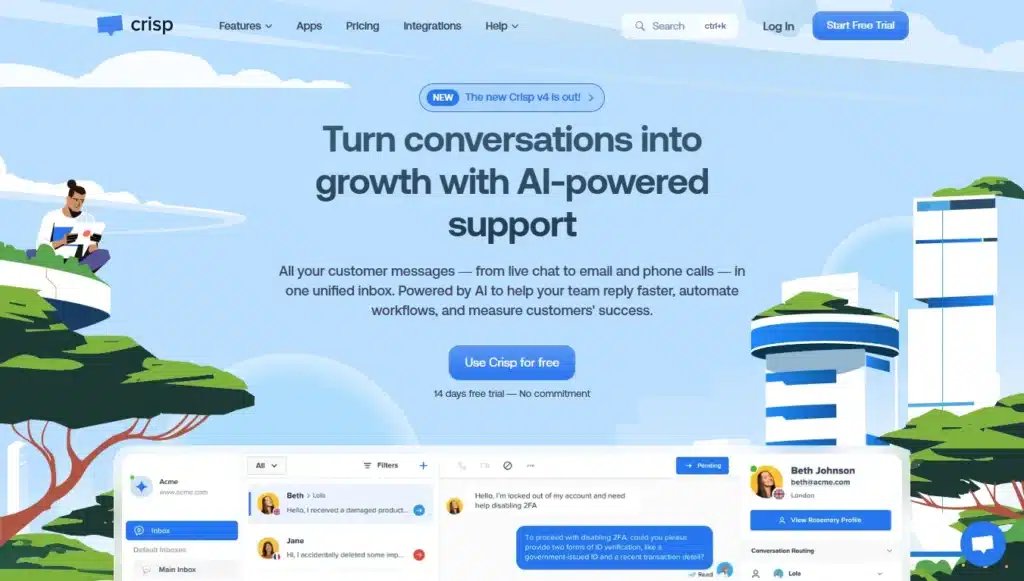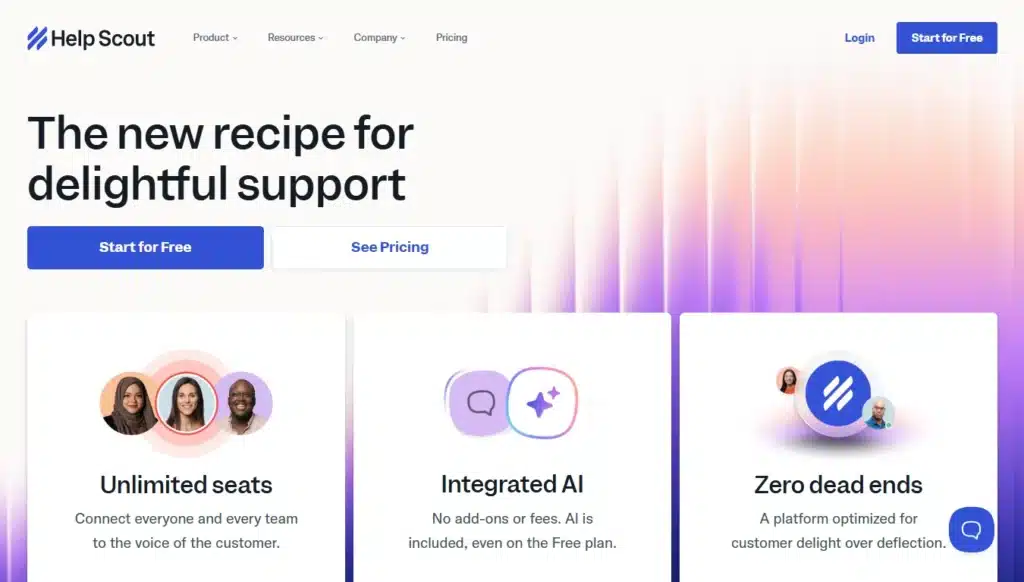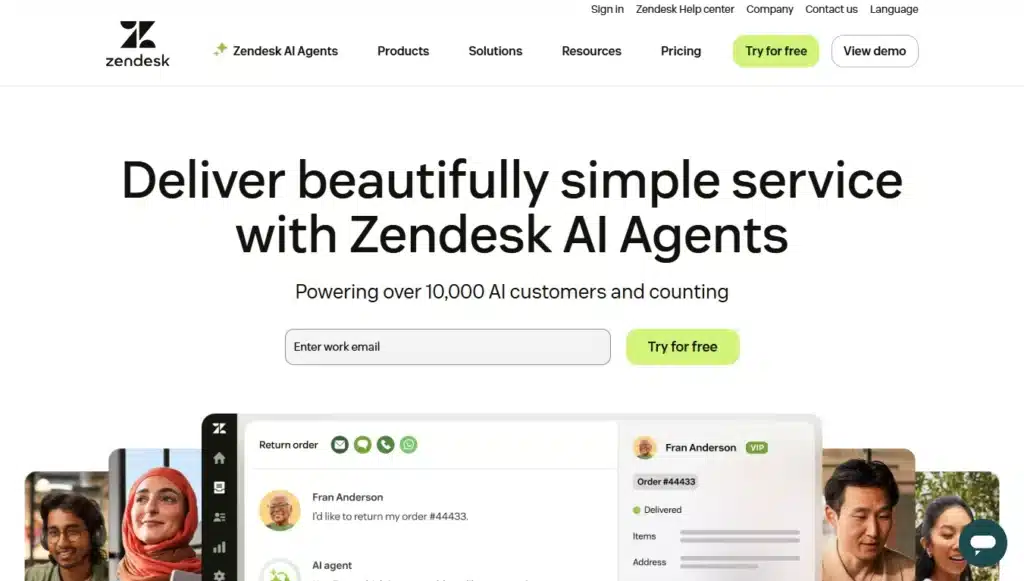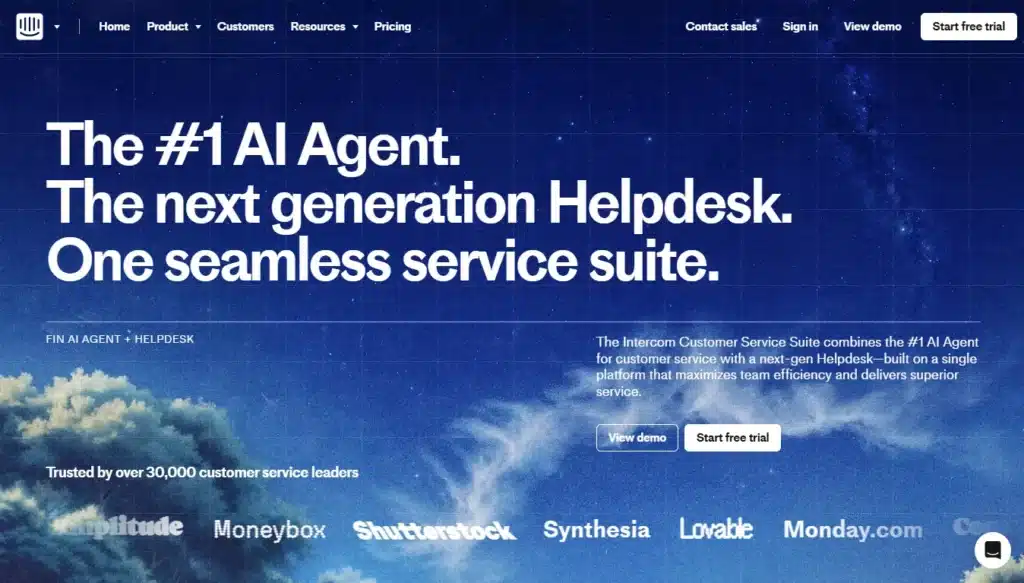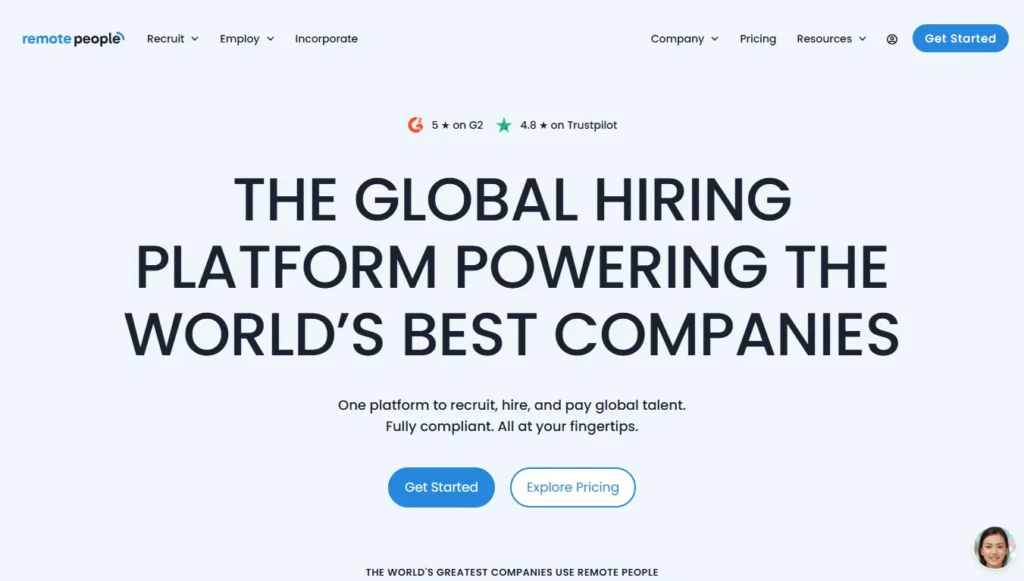Unless you’ve been dwelling under a Wi-Fi-proof boulder, you’ll likely have noticed that AI is reshaping just about everything — infiltrating both our personal and professional lives.
From improving diagnostics in healthcare to recommending what TV shows we should binge next, few areas of modern existence have been untouched by automation in at least some way.
One sector where this is patently true is customer service: AI chatbots are becoming sophisticated enough to resolve complex queries, while machine learning models are able to anticipate customer needs before they even ask.
If you’re looking for an AI-powered customer service tool, you may have come across Front. Proudly referring to itself as the “future of customer service”, Front offers real-time chat functionality, a shared inbox, a knowledge base builder, workflow automation capabilities, and many more features besides.
Money Note: If an extra $1K–$5K/month would change your 2026 goals (debt, savings, travel, freedom), you’ll want to catch this: free live workshop from a freelancer who’s earned $4M+ online. No fluff. No gimmicks. A real roadmap. 👉 Watch the training or save your seat here »
But while Front has a lot to recommend it, some Front Trustpilot reviews mention issues (somewhat ironically) with the platform’s customer support, while its per-user pricing can also be pretty steep — potentially making Front too restrictive for smaller businesses.
Looking to level up your customer service but unsure whether Front is for you? Here, we run through the 5 best alternatives to Front, starting with Crisp.
1. Crisp
The all-in-one customer messaging platform
If you’re after a blend of simplicity and power, Crisp is possibly the best Front alternative out there. Designed to unify customer communication into a single hub, Crisp goes beyond live chat or shared inboxes — offering a fully integrated suite of AI-assisted tools built to support and scale your customer service operation.
At its core, Crisp gives you multi-channel messaging, meaning you can chat with customers via website, email, Messenger, Instagram, WhatsApp, and more — all from one sleek shared inbox. And with the Crisp chatbot and workflow automation, you can handle routine questions, qualify leads, and even book meetings automatically, freeing up your team for more meaningful interactions.
But what really sets Crisp apart is its focus on startups and growing businesses. Its pricing is flat-rate and predictable (no per-agent fees!), making it a refreshing choice for companies trying to scale without being punished for adding new team members. There’s even a completely free plan with basic features, something few similar platforms have.
Crisp also offers real-time translation, so your agents can seamlessly chat with customers across different languages — a game changer for international businesses. And the status page feature lets you communicate outages or service updates proactively.
In short, Crisp boasts a potent balance of affordability, performance and product depth — making it a rock-solid Front competitor for teams that want to offer delightful customer experiences without breaking the bank.
2. Help Scout
Human-centered support that scales
For businesses that want to offer personal, human-centric support at scale, Help Scout is a great alternative to Front. Its clean interface, built-in documentation tools, and email-first shared inbox make it easy to collaborate with your team and respond quickly to customer needs.
What’s great about Help Scout is its commitment to keeping things simple. It doesn’t overwhelm your support agents with unnecessary complexity. You can create automated workflows, leverage in-app messaging, and get access to reporting tools without needing a PhD in software setup.
It also integrates nicely with CRMs and tools like Slack and HubSpot, while Help Scout’s Beacon widget adds live chat and knowledge base access directly within your product or website.
The only potential downside? Customization is a bit limited compared to other platforms. While the minimalist design works well for many, larger enterprises or those with highly specific workflow needs may feel slightly constrained.
Still, for small to mid-sized teams looking for a clean, efficient, and people-first tool, Help Scout mostly delivers the goods.
3. Zendesk
The enterprise giant of customer support
Zendesk has long been a go-to for businesses needing an enterprise-grade solution. It’s an expansive platform that covers everything from ticketing and live chat to self-service and analytics. If your customer service operation is large and complex, Zendesk probably has a feature to match.
The strength of Zendesk lies in its customization and scalability. You can create advanced automations, use AI to route tickets, and tap into a marketplace of over 1,000 integrations. Plus, its omnichannel capabilities allow you to manage customer conversations from virtually any platform.
That said, Zendesk’s vastness can be a bit of a double-edged sword. It can be overkill for smaller teams, and onboarding can feel daunting. Pricing is also on the higher side, especially as you start layering in add-ons or access more advanced features.
But if you have a seasoned support team and need a battle-tested solution that can handle everything from SMB to enterprise scale, Zendesk is undeniably a top-tier option.
4. Intercom
Conversational support meets product-led growth
Intercom has made a name for itself as the preferred platform of many product-focused SaaS companies. It combines live chat, onboarding tools, and powerful automation to help businesses engage with users at every stage of the customer journey.
What makes Intercom special is its laser focus on conversational support. It lets you send in-app messages, emails, and targeted tooltips based on user behavior. Its chatbot can resolve common queries and even collect user feedback.
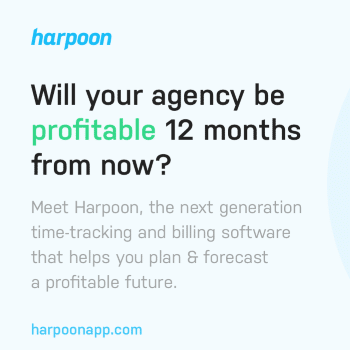
Intercom also excels in user onboarding and customer retention, making it perfect for SaaS companies that want to turn support into a growth driver.
However, many teams find that Intercom’s pricing gets expensive quickly — especially if you’re scaling fast or require multiple features like custom bots or product tours. Budget-conscious startups might want to proceed with caution.
This said, if you’re looking for a sleek, modern tool that doubles as both support and engagement engine, Intercom is a smart bet.
5. Freshdesk
A feature-rich solution with maximum flexibility
Backed by Freshworks, Freshdesk offers a full-fledged customer support suite that includes email, chat, phone, and even social support — all under one roof. It’s a great choice for teams wanting a balance between functionality and flexibility.

Freshdesk’s ticketing system is well-structured, with smart automation features that help route issues to the right agents and keep SLAs on track. It also includes features like a knowledge base and collaborative ticketing, which help agents save time and stay aligned.
Freshdesk shines when it comes to value for money — offering a generous free plan and competitive pricing tiers for growing teams. Plus, its app marketplace allows for easy integrations with CRMs, e-commerce platforms, and more.
One thing to note: Freshdesk’s interface can feel slightly clunky at times, especially compared to newer players like Crisp or Intercom. It’s more utilitarian than beautiful — but it gets the job done.
Overall, Freshdesk is a reliable and budget-friendly Front alternative that can adapt as your support needs evolve.
Choosing the right customer support platform is about finding the tool that best fits your workflow, team size, customer profile, and growth trajectory. While Front has its merits, these five alternatives offer a mix of affordability, power and flexibility. Whether you’re a startup needing Crisp execution (pun intended), or an enterprise business scaling fast, there’s a solution here that can support your next phase.
Keep the conversation going...
Over 10,000 of us are having daily conversations over in our free Facebook group and we'd love to see you there. Join us!
